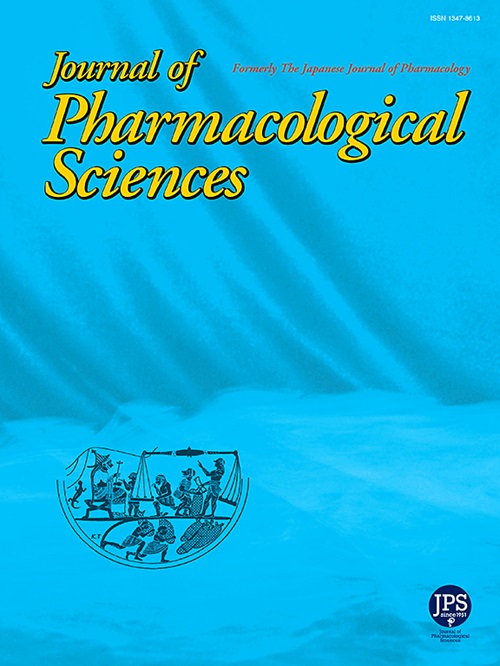Uncovering motor impairments in duchenne muscular dystrophy: 24-hour automated behavioral analysis of DBA/2N-mdx mice
IF 2.9
3区 医学
Q2 PHARMACOLOGY & PHARMACY
引用次数: 0
Abstract
Duchenne muscular dystrophy (DMD) is a severe X-linked genetic disorder caused by mutations in the dystrophin gene. Although the C57BL/10 background mdx mouse (B10-mdx) model is widely used for DMD research, it presents milder symptoms than observed in human patients. In contrast, the DBA/2N-mdx model exhibits more severe pathology, making it a promising model for evaluating disease mechanisms and therapies. In this study, we employed a 24-h behavioral monitoring system to investigate spontaneous locomotor activity and gait characteristics in DBA/2N-mdx mice. We observed significantly reduced movement and shorter active periods during the dark (active) phase at 4 and 8 weeks of age in DBA/2N-mdx mice compared to controls. Subsequent gait analysis revealed shorter walking distances, slower speeds, and reduced body extension during straight walking. These findings suggest that the DBA/2N-mdx mouse model exhibits distinct behavioral abnormalities that parallel DMD symptoms in humans. Our noninvasive, continuous monitoring approach provides an innovative method for assessing motor impairments and may facilitate more accurate preclinical assessments of potential therapies for DMD.
揭示杜氏肌营养不良症的运动损伤:DBA/2N-mdx小鼠的24小时自动行为分析
杜氏肌营养不良症(DMD)是一种由肌营养不良蛋白基因突变引起的严重的x连锁遗传疾病。虽然C57BL/10背景mdx小鼠(B10-mdx)模型被广泛用于DMD研究,但它的症状比在人类患者中观察到的要轻。相比之下,DBA/2N-mdx模型表现出更严重的病理,使其成为评估疾病机制和治疗的有希望的模型。在这项研究中,我们采用24小时行为监测系统来研究DBA/2N-mdx小鼠的自发运动活动和步态特征。我们观察到,与对照组相比,DBA/2N-mdx小鼠在4周龄和8周龄的黑暗(活动)期运动明显减少,活动时间缩短。随后的步态分析显示,直线行走时行走距离缩短,速度减慢,身体伸展减少。这些发现表明DBA/2N-mdx小鼠模型表现出与人类DMD症状相似的明显行为异常。我们的无创、连续监测方法提供了一种评估运动损伤的创新方法,并可能促进对DMD潜在治疗方法的更准确的临床前评估。
本文章由计算机程序翻译,如有差异,请以英文原文为准。
求助全文
约1分钟内获得全文
求助全文
来源期刊
CiteScore
6.20
自引率
2.90%
发文量
104
审稿时长
31 days
期刊介绍:
Journal of Pharmacological Sciences (JPS) is an international open access journal intended for the advancement of pharmacological sciences in the world. The Journal welcomes submissions in all fields of experimental and clinical pharmacology, including neuroscience, and biochemical, cellular, and molecular pharmacology for publication as Reviews, Full Papers or Short Communications. Short Communications are short research article intended to provide novel and exciting pharmacological findings. Manuscripts concerning descriptive case reports, pharmacokinetic and pharmacodynamic studies without pharmacological mechanism and dose-response determinations are not acceptable and will be rejected without peer review. The ethnopharmacological studies are also out of the scope of this journal. Furthermore, JPS does not publish work on the actions of biological extracts unknown chemical composition.

 求助内容:
求助内容: 应助结果提醒方式:
应助结果提醒方式:


